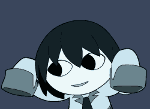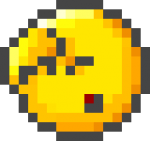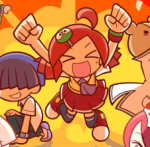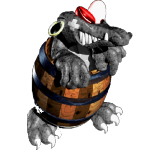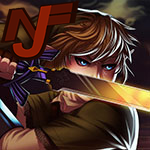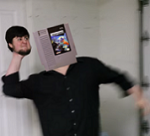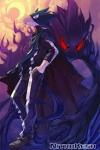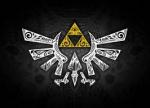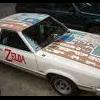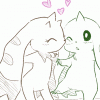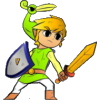Some of this is exactly what I learned to improve my dungeon design from following quests like Isle of Rebirth, Forbidden City, and many of Moosh's quests. Isle of Rebirth may appear complex, but it's more or less the same as you see here, except with just much more content and many more twists and turns. I sum up an isle of rebirth dungeon like this:
- Find 5 keys.
- Open locked doors.
- Unlock shortcuts connecting the dungeon together.
- Use a switch to access some new area from another area. (Essentially a glorified key)
- Get a couple more keys.
- Unlock more doors.
- Unlock more shortcuts.
- Use a switch to access some new area from another area. (glorified key)
- Get dungeon item.
- Unlock new areas with dungeon item.
- Unlock more shortcuts that connect the dungeon together.
- Find 2 or 3 more keys.
- Unlock more doors.
- Get boss key.
- Find 2 or 3 more keys.
- Press some switch or do something that unlocks path to boss door. (glorified key)
- Unlock doors leading to boss door.
- Unlock boss door, fight boss.
Now I'm pretty sure I made Evan's design sound much more complicated than what it actually is. I'm just exaggerating for the sake of LOLs, but it goes to show that this video sums up some very helpful advice in dungeon creation.
Forbidden City is less complex. However, it essentially also takes on the same formula, except you technically get two dungeon items which extends the dungeon's length and complexity as the songs do play a part of solving dungeons and thus also become glorified keys.
Bottom line, if you see dungeon design as a set of complex glorified keys, you can really create a lot of complexity in your dungeons. Just try not to get too carried away with it. (EX: Pushing this grave causes huge water fall to flood dungeon, and causing lava to fall on water turns it to stone, melting a small pool of lava inside that stone creates heat that you can use a feather to rise up, and use lens of truth while rising up spots dungeon secrets, and each secret is opened by 4 elemental keys that are earned by using 4 elemental items on stone tablets, you earn keys by answering complex questions and... AUGH!!  )
)
Edited by NewJourneysFire, 27 September 2016 - 11:40 AM.



